The healthcare industry is undergoing a rapid digital transformation. Digital health platforms are important in improving patient care, workflows, and remote monitoring.
As telemedicine, AI-driven diagnostics, and virtual care continue to evolve, these technologies are reshaping modern medicine. In 2024, digital health had over 1.3 billion users worldwide. However, the number of users is projected to exceed 1.77 billion by 2029.
Looking ahead to 2025, advancements in AI analytics will further improve clinical decision making. They will also reduce administrative burdens and improve patient outcomes.
However, challenges like data privacy, regulatory compliance, and algorithmic bias must be addressed. These factors are essential for sustainable progress.
This article brings the top health tech tools for 2025, set to define healthcare. However, let’s look into understanding digital health platforms.
What is a Digital Health Platform?
A digital health platform is an advanced technology solution. It connects patients, healthcare providers, and medical data within a cloud based system.
By integrating advanced healthcare digital tools for patient care, these platforms increase medical decision-making and improve patient engagement and operational efficiency for healthcare organizations.
Understanding the role of digital health platforms is just the beginning. Now, let’s find out the digital health solutions for modern needs in 2025 that drive innovation and bring advances in the healthcare industry.
Table of Contents
1. Telemedicine and Remote Consultations

Telemedicine is a key component of digital health platforms, enabling real-time virtual consultations. It connects doctors and patients anytime, anywhere, by reducing the need for in-person visits.
Key features
- Saves patients’ time with scheduled video appointments.
- Prevent hospital overcrowding by handling non-emergency cases remotely.
- Expands access to specialists, particularly for patients in remote or underserved areas.
- Supports chronic disease management with continuous monitoring and timely interventions.
Modern telemedicine solutions also integrate secure messaging, remote patient monitoring (RPM), and e-prescriptions, creating a simplified and efficient virtual care experience.
2. Blockchain for Healthcare

Blockchain technology is advancing healthcare by improving data security, privacy, and integrity through decentralized and encrypted health records.
Key features
- It prevents unauthorized access by encrypting and decentralizing health records.
- Reduces risks associated with cyberattacks and data breaches.
- Each transaction is time-stamped, encrypted, and stored on an immutable ledger.
- Ensures data integrity and prevents unauthorized modifications.
Using blockchain in the healthcare industry can ensure the secure, transparent, and efficient management of patient data.
3. Electronic Health Records (EHRs)
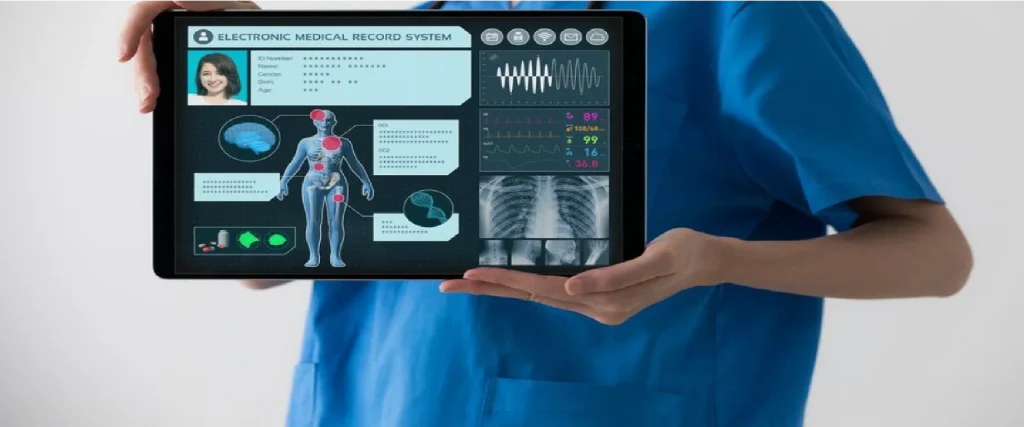
Electronic Health Records (EHRs) are one of the best emerging digital health tools. It serves as the foundation of digital health platforms. EHRs provide secure, cloud-based storage for patient information.
Key features
- Keep patient records and enable healthcare providers with real-time access to medical histories, prescriptions, and test results.
- Minimize documentation errors, which lead to more accurate diagnoses and effective treatments.
- Expedite interoperability and enable simplified data sharing across healthcare providers, laboratories, and pharmacies.
- Improve care coordination by ensuring specialists, primary care physicians, and other medical professionals stay aligned.
Modern EHR systems also incorporate AI-assisted note-taking, voice-to-text documentation, and automated coding. These features result in better clinical workflows.
4. VR for Surgical Training
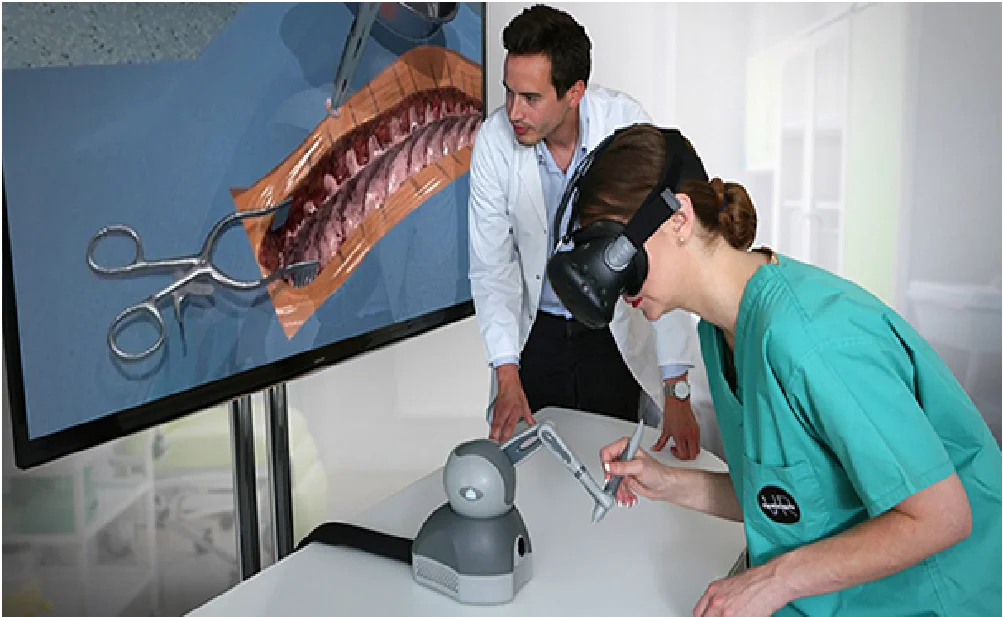
Virtual reality (VR) is bringing advancements in medical education by providing immersive, risk-free environments for surgical training.
Key features
- Enables surgeons to practice complex procedures in a realistic, controlled setting.
- Offer interactive training modules for various surgeries.
- Provides repetitive practice and real-time feedback to minimize surgical errors.
- Touch surgery allows step-by-step operation rehearsals for better preparation.
By integrating VR into surgical education, medical professionals can improve their skills, patient safety, and overall surgical efficiency.
5. AR for Patient Education

Augmented reality (AR) is advancing patient education by providing interactive and visual explanations of medical procedures and conditions.
Key features
- Improved medical understanding overlays digital information onto real-world environments for clearer patient education.
- Helps patients visualize conditions and treatments more effectively.
- Some tools project vein locations on the skin, making blood draws and IV insertions easier.
- Some platforms allow doctors to show 3D models of anatomy and surgeries.
- Allows patients to make informed decisions about their healthcare.
By integrating AR, medical professionals can improve patient communication, improve procedural success, and provide the best healthcare technologies to create a more informed experience.
Struggling with Outdated Systems, Data Silos, or Inefficiencies in Your Healthcare Operations?
Connect with industry experts for practical guidance on improving workflows, delivering better patient care, and making operations more efficient.
6. AI-Powered Analytics
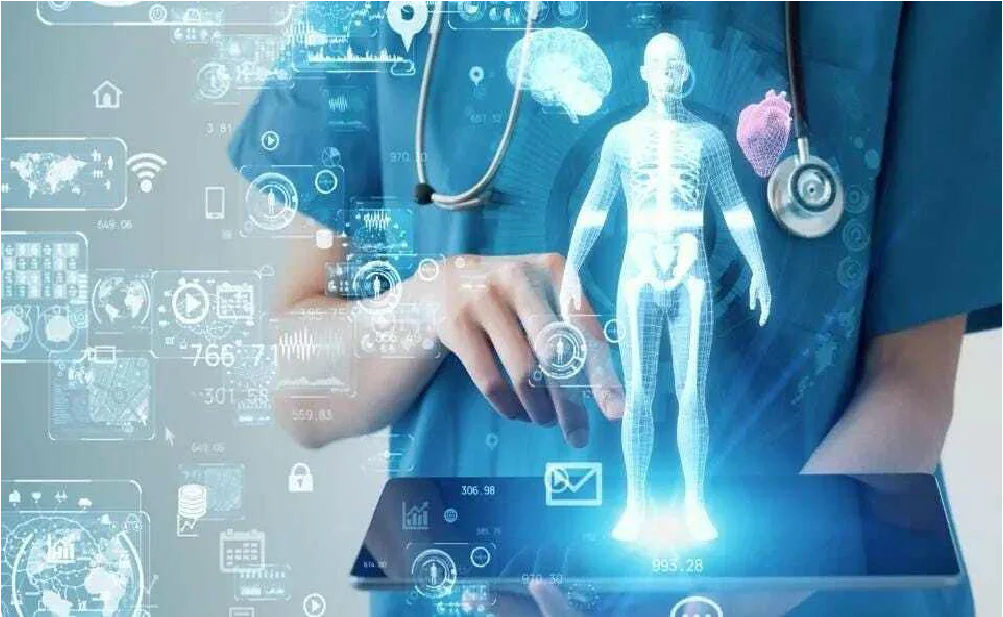
Artificial Intelligence (AI) is reshaping digital health platforms by increasing speed, accuracy, and predictive capabilities. AI-driven analytics offer:
Key features
- Predictive diagnostics enable the early detection of diseases like diabetes, cancer, and cardiovascular conditions.
- Personalized treatment recommendations, analyzing genetic, environmental, and medical history data.
- Automated workflow management reduces administrative burdens for healthcare providers.
- AI-powered chatbots and virtual assistants assist with patient inquiries, appointment scheduling, and follow-up reminders.
With AI, digital health platforms improve clinical decision-making and raise patient outcomes.
7. Mobile Health (mHealth) Apps
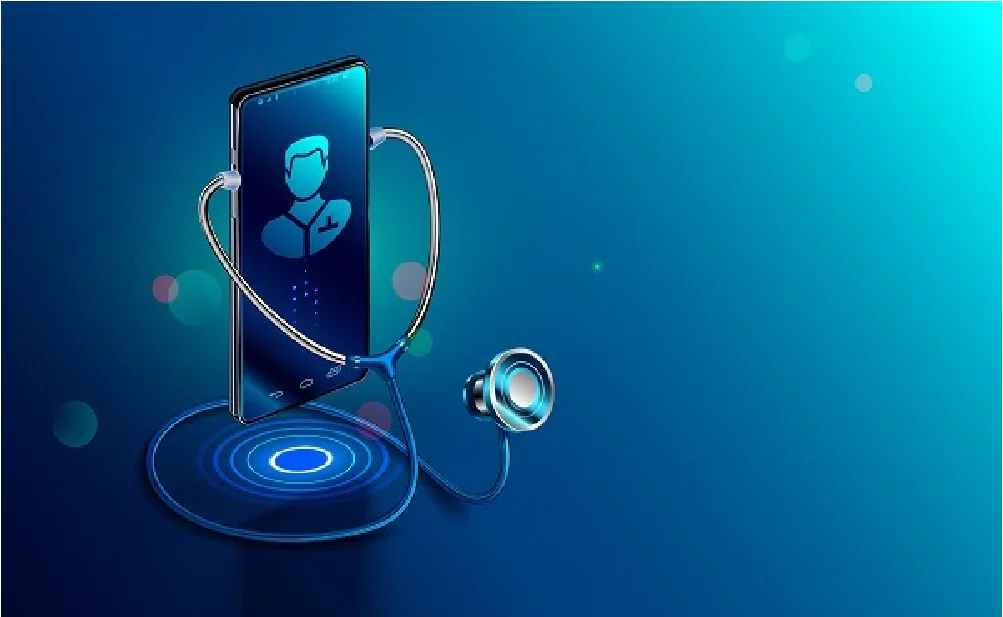
mHealth apps bring healthcare to patients’ fingertips, making medical services more accessible. These apps:
Key features
- Enable real-time tracking of vitals like heart rate, blood sugar, and physical activity.
- Support medication adherence with automated reminders and alerts.
- Allow direct communication with healthcare providers via secure messaging and video calls.
- Increased patient engagement by providing access to lab results, educational resources, and personalized health insights.
mHealth apps also play an important role in remote patient monitoring. They ensure continuous care for chronic conditions like hypertension, diabetes, and kidney disease.
8. Interoperability
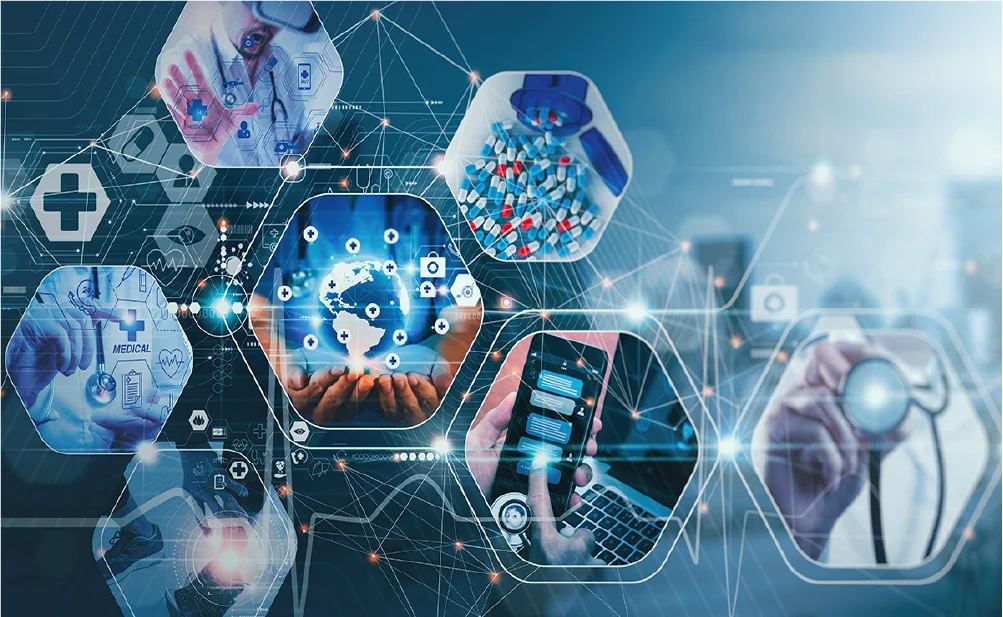
Interoperability allows digital health platforms to integrate simply with existing healthcare infrastructure, ensuring smooth data exchange across:
Key features
- EHR systems synchronize patient records across different healthcare providers.
- Wearable health devices, smartwatches, glucose monitors, and ECG trackers.
- Laboratory and pharmacy networks, automating test result sharing and e-prescriptions.
- Medical billing and coding systems, increasing revenue cycle management.
A fully interoperable system eliminates data silos, creating a more connected and efficient healthcare ecosystem for both providers and patients.
9. Wearables and IoT Integration

Wearable devices and Internet of Things (IoT) technology play an important role in continuous health monitoring. Modern devices go beyond basic fitness tracking to offer advanced health features, improving patient care and proactive health management.
Key features
- Continuous tracking of vital signs and wellness metrics to help patients manage their health proactively.
- Offer advanced capabilities like glucose level measurement, sleep pattern monitoring, and atrial fibrillation detection.
- IoT connectivity allows connected glucometers and blood pressure monitors to transmit real-time data to healthcare providers.
- Enables personalized treatment plans based on continuous monitoring.
With these wearables with IoT networks, healthcare professionals can offer more suitable and effective patient care.
10. AI-Driven Drug Discovery
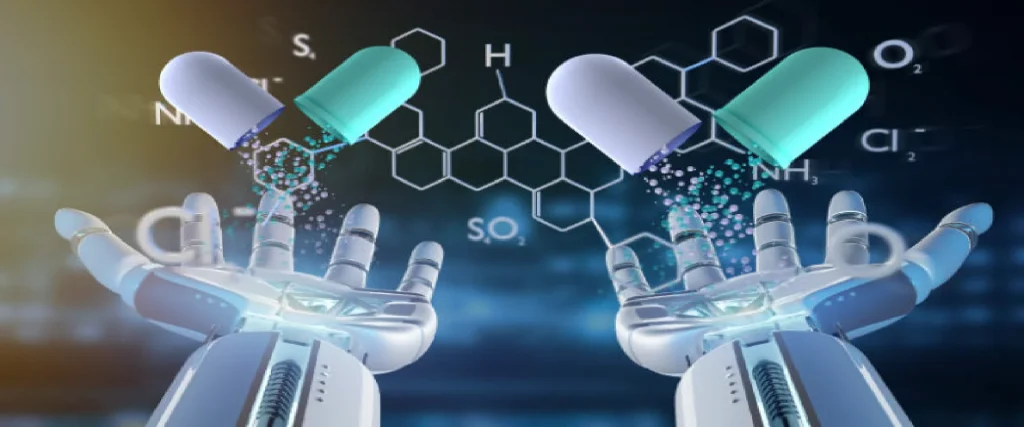
Traditionally, drug discovery is a time-consuming and costly process. It often takes over a decade and billions of dollars to develop new treatments. AI-driven solutions are bringing advancements in this field by accelerating research, reducing costs, and improving drug candidate identification.
Key features
- AI rapidly analyzes vast datasets, including genomic information, molecular structures, and clinical records.
- Identifies promising drug candidates much faster than traditional methods.
- AI models simulate how potential drugs interact with biological systems, minimizing the need for extensive laboratory testing.
- Reduces trial-and-error experimentation, leading to faster breakthroughs.
- Enables pharmaceutical companies to bring life-saving drugs to market faster and at a lower cost.
With AI integration, the future of drug discovery promises faster, more affordable, and highly effective treatment development.
Final Thoughts
In 2025, top healthcare tools will use AI, wearable tech, and telemedicine to improve patient care, diagnostics, and treatment efficiency. These innovations are driving a more personalized, accessible, and data-driven healthcare system.
Clustox specializes in digital health solutions, helping healthcare providers improve patient care, simplify operations, and improve accessibility. Our expertise in software development builds innovative digital health platforms that automate scheduling, billing, and medical documentation.
We are committed to driving digital transformation in healthcare. If you’re a private practitioner, telemedicine provider, or hospital administrator, our expertise can support you. We help you meet patient expectations and achieve long-term success.
Tired of Paperwork and Inefficient Patient Management?
Speak with an expert to understand how a smart healthcare app can make your practice more efficient.




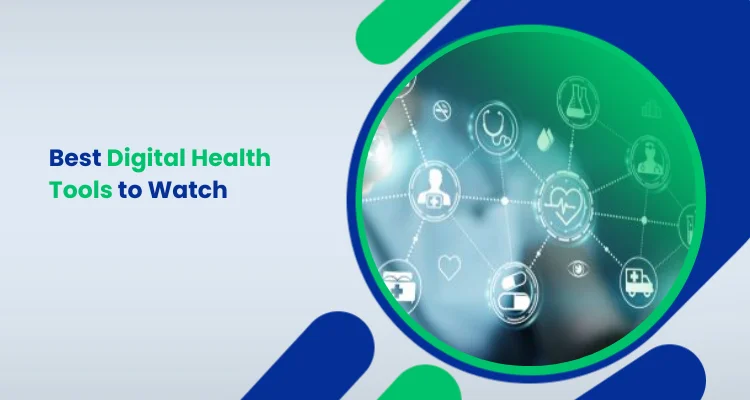
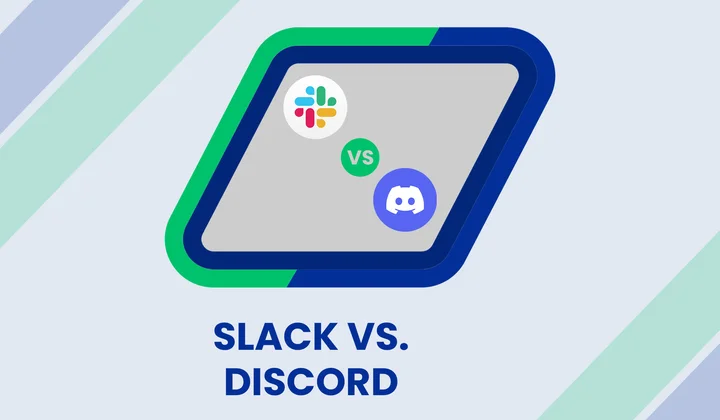

Share your thoughts about this blog!